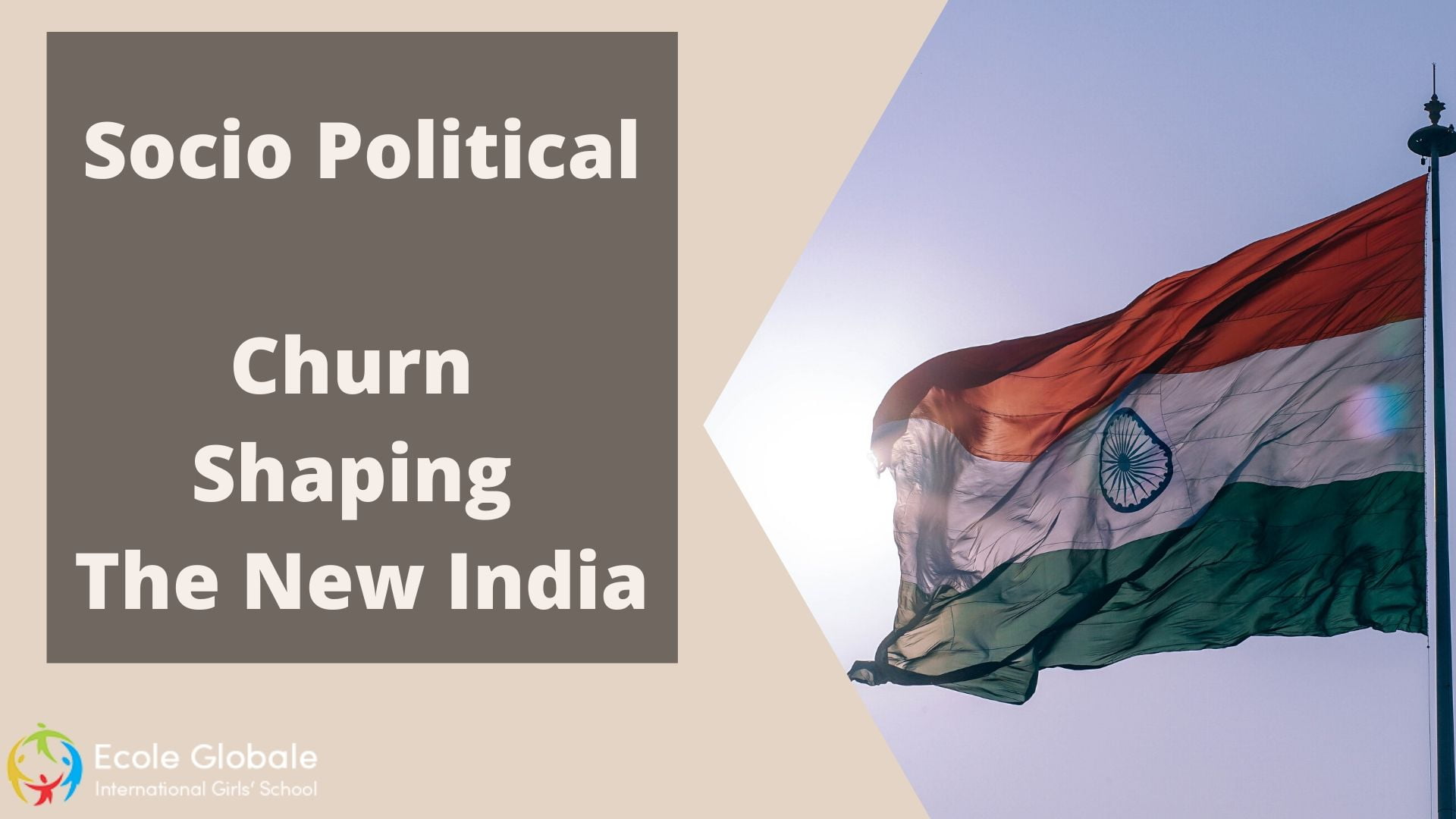 India — being the most diverse nation on the planet with a great many cultures, clans, and networks with various ideological inclinations, faces the challenge of maintaining unity in this diversity. What’s more, the effective ideological group should be one which is the best ‘aggregator’ of this differentiated populace. Contingent on the common social conditions, there can be a few balances of sharing of political power in the general public.
India — being the most diverse nation on the planet with a great many cultures, clans, and networks with various ideological inclinations, faces the challenge of maintaining unity in this diversity. What’s more, the effective ideological group should be one which is the best ‘aggregator’ of this differentiated populace. Contingent on the common social conditions, there can be a few balances of sharing of political power in the general public.
After Independence, it was just Congress party leading the administration in the country. Congress advanced an arrangement of (inconsistent) control sharing between various parties. The social structure of such alliances was straightforward; urban upper-ranks held the bureaucratic and institutional. This was supplemented by the welfare plans for poor people (Dalit and Tribal populations) utilizing the reservation arrangement. The votes of the Muslims were collected under the promises of social security in the post-partition India. This model of function for a considerable length of time; however, this doesn’t imply that it ought to likewise be socially an ideal model. Contingent on the predominant social conditions, there can be a few harmonies of the sharing of political power in the general public.
There were a few difficulties faced by Congress’s model, particularly by the OBC governmental issues under the ideologies of ‘Samajwadi’ (communism) in the Hindi dominant country. Dalits declaration under the aegis of the Ambedkarite or Bahujan legislative issues, Dravidian governmental issues in south and the socialist gatherings in Bengal, Kerala and scarcely any different states. In any case, they all neglected to rise as the fundamental aggregator. All they were equipped for was cutting some local speciality for them or were simply decreased to a gathering of a couple of ranks and networks.
The rise of Narendra Modi in power, drove BJP to proclaim the new age social building where BJP supplanted the Congress as the primary aggregator in the Indian legislative issues. Both in 2014 and 2019, BJP prevailed with a gigantic alliance of different Hindu groups, known as the ‘Joined Spectrum of Hindu Votes’ (USHV). The degree to which party president Amit Shah went to shape these smaller scale station unions, at a solitary locale level, is phenomenal in India’s political history. Also, while Congress worked under the all-encompassing story of secularism and hostile to destitution arrangements, BJP demonstrated it again that races can be battled and “won” (as anticipated in leave surveys) under the umbrella of Hindutva and an optimistic motivation of advancement. 2014 was the lady political race when India got an option in contrast to the Congress model of legislative issues and administration, and it appears it will be the new ordinary in India.
Besides, there is the escalating struggle between the old urban class and the new. They were likewise drawn generally from the socially and financially favored segments of the general public. This class has consistently detested the hold of the old urban elites in the scholarly world, organizations, media, and arrangement making principally because of their sharp distinction with them on issues of religion, patriotism, and secularism. The newly formed class was more established in the neighborhood concerns and desires instead of trying to be worldwide residents.
The conflict on basic contrast, in connection to the fate of India between the two, was unavoidable. But, the genuine distinct advantage was the approach of web-based life, which furnished the new urban class with a voice just as intends to interface with similarly invested individuals. Riding on the adequacy of internet-based life and new methods for correspondence, the new urban class is devoid of the sentiment of the challenge the country faces in the maintenance of society as a single unit.
The aching change inside the Hindu social orders of the nation, the pervasiveness of want for advancement and innovation; however carefully dependent on Indian civilizations ethos or what we can call as “Hindu innovation.”. There is a longing to resemble the ‘advanced world.’ However, with an ever-increasing number of individuals dismissing the prevalence of western culture, it is vague what will be the form of this new innovation. We don’t have some other model of innovation separated from the Western and Japanese world. Also, India in itself is an example of ‘mixed up advancement’. There is a deficient acknowledgment that advancement isn’t about cell phones, Facebook, or driving the most recent automobiles. Innovation is basically about the individuals; social structures, sexual orientations, and political frameworks. ‘Hindu advancement’ stays an exceptionally challenged issue even among the Hindu patriots who are thinking about the inquiry with respect to how best would they be able to guarantee the endurance of the conventions and old culture and customs confronting the fast financial change, which will in the end change the whole social structure as we probably am aware it.
Also, there is the early rising reaction of the conventionality against the financial change. As the old varna-jati framework separates in the midst of expanding financial portability since independence, there are endeavors by backward areas of the general public to resuscitate the promotion of primitive rank framework. Indeed, new Hindutva is an extreme break in the orthodox Hindu ideology that pushed widow remarriage, between standing feasting and contended against the rank framework and distance. The pace of the changes in Hindu society has been moderate since the change of the monetary structures. However, after the monetary changes, the pace of the disintegration of the old primitive ranks has quickly fallen.








